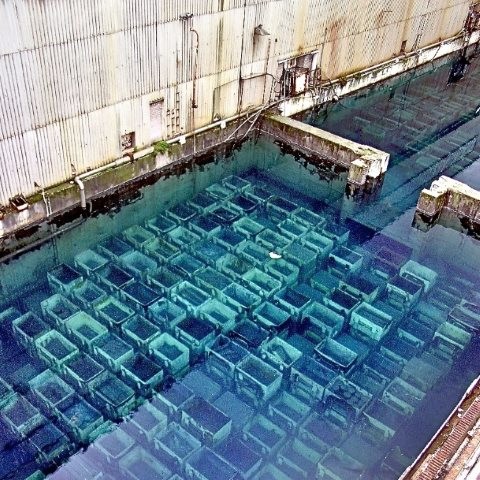The UK’s Nuclear Decommissioning Authority (NDA) – responsible for the £100+ billion task of cleaning up the UK’s nuclear legacy – is going to market for critical safety software that will underpin incident management and task-tracking capabilities for staff working on the world’s largest inventory of untreated nuclear waste.
The NDA, which spends around £3 billion each year on behalf of the government to lead the clean-up and decommissioning work at 17 sites, put out an initial market engagement notice (PIN) on January 12, 2022.
The NDA’s shared services alliance said it was looking to replace its existing “ATLAS” software with a “single, integrated or modular solution to deliver Incident Management and Action Tracking capabilities… The initial scope will be for up to approx. 13000 users, but the solution must be capable of scaling beyond this number.”
The software will be used to record actions/tasks/escalations “arising from an incident/near miss”, capture data from a variety of applications e.g., MS-Excel, MS-Sharepoint, Qlikview/Power BI, provide automated workflow for approvals and escalations (both internally and to external regulators) and “provide storage capabilities (or output of record data) which allows for data to be retained according to current records retention requirements” among other uses. (Records are stored within the solution for six years, but need to remain accessible for 30 years).
Perhaps needless to say, the NDA wants “a resilient architect[ure] with built in redundancy.”
See also: 10 key insights into UK’s bullish new national cybersecurity strategy

The public notice is a fresh reminder of the mammoth task facing the NDA – one which it estimates it will not complete until the year 2120.
It comes a year after its new strategic review emphasised the importance of adopting cutting-edge technologies to help with the clean-up of a legacy of nuclear sites that include open ponds of nuclear waste. The NDA said in March 2021 that it would be looking to use:
- “Intelligent infrastructure – using autonomous technology to manage assets and buildings proactively and efficiently
- “Moving humans away from harm – reducing the need for people to enter hazardous environments using autonomous systems, robotics and wearable technology
- “Digital delivery - adopting digital approaches for capturing and using data to improve planning, training and aid decision making.
The NDA's most recent annual report shows that it has managed to get 83% of high level waste in interim storage but disposed of a grand total of 0% of it, amid an ongoing, decades-long hunt for a site in which to build a "geological disposal facility" (a large, well-protected, very deep bunker...)
The NDA has been making growing use of technology to support its mandate: a five-year project to transfer around 700 concrete-lined drums of radioactive waste from Magnox sites for storage at Sellafield has seen the organisation use Virtual Reality tools to train personnel at Magnox and Sellafield in handling the containers.
For all the VR and planned incident response software refresh, however, decommissioning often remains a hugely manual job: work to remove aging chimneys at the Sellafield site had to be conducted by hand "because of the risk to the buildings containing nuclear material that surround it. Working from a platform, which clung to the chimney using friction alone, the team carefully cut away the concrete and steel stack using hand tool[s]" the NDA's 2021 annual report notes. It took its teams 30 months to remove 52 metres of the structure.









